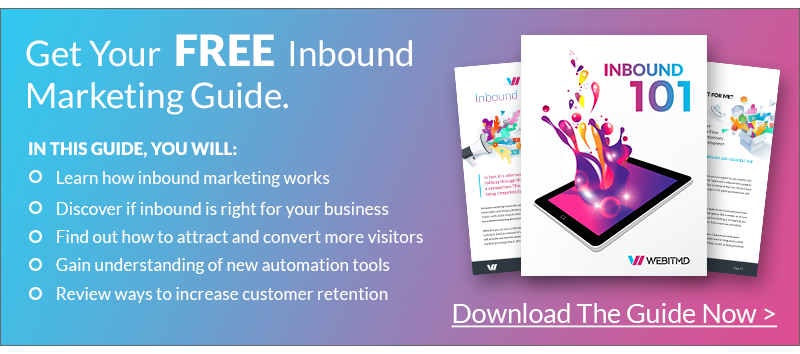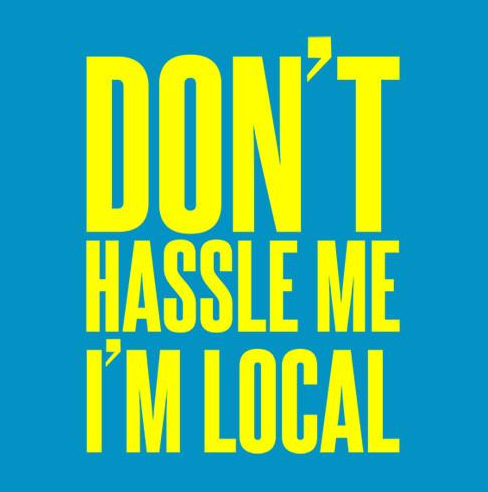The art and science of optimizing a business’s online presence has evolving “dos and don’ts” that, if not honored according to Google’s Best Practices, will result in a half-assed local SEO attempt. Furthermore, the spoils of victory will go to your competitors, and you don’t want that!. If you have already hired a website development company to build a user-friendly site designed to convert visitors, and you have an inbound marketing automation agency helping your brand attract leads and convert them to buyers, now you need to make sure your local SEO ducks are in a row. Here are four of the top local SEO dos and don’ts any small and mid-size business should follow to get help get in front of local searchers looking for your products and services.
1. Keywords and Content: Write for Locals, Not Nationals
One of the biggest mistakes business owners make in writing content is they focus on keywords with large national reach. But if you own a gym in Seattle do you think you will get conversions from people in Cleveland? Ignore the high-volume keywords and instead set the parameters to customized local search. Some keyword tools allow you to do this, but in the event you aren’t using one there are other ways to find out what the best local keywords are:
- Create buyer personas – These are fictional identities based on actual data about who your various consumers are, including their age, income, location, gender, hobbies, career, and more. Do some research in social media groups where your buyer personas talk about products and services related to your industry, and note them in a list indicating context and frequency.
- Google Search Bar– Start typing your services or products into Google’s search bar and take a look at the suggestions that automatically populate.
- Related Searches – Do a Google search on your products / services and scroll to the bottom of the results page where Google offers related searches. These keywords can be incorporated into your local content strategy.
When writing your content base your keywords around the user–the locals who are likely to buy from you. Add content specifically about your city or coverage area, how your business provides solutions to the needs of locals, and address the most commonly asked questions related to your products and services. Include educational content, but don’t just focus on this as most greenhorn SEOs tend to do; make the content educational, but include buyer persona context to give it that local bump.
2. Local Landing Pages: Avoid Doorway Penalties, Create Local SEO Originals
Google’s algorithm is designed to catch doorway pages–multiple pages trying to optimize for the same thing. If you are a service provider covering multiple towns or cities, you run the risk of unknowingly building doorway pages. Let’s say you own a company that builds custom kitchens, and you want to optimize for 20 cities. Do the following:
- Use local buyer personas for each city to make the content targeting different people for the same service. In other words, if you are located in Los Angeles, create local landing pages for high-end kitchens people spend more money in places like Beverly Hills or Malibu, versus economy kitchen in places like Van Nuys.
- Add unique content on the page about the city and how custom kitchens impact local home values in that region, or other bits of information unique from one page to the next.
- Use image ALT tags on your local landing pages that mix your keywords with local city names.
- Add the city to your ULR. Examples include:
- joescustomkitchens.com/service-areas/beverly-hills/
- joescustomkitchens.com/service-areas/van-nuys/
- joescustomkitchens.com/service-areas/west-hollywood/
3. Off-Site Content – Use Local-Friendly and Healthy Tactics
When creating a healthy backlink portfolio for improving local SEO efforts, avoid sites that are unrelated directories or that have content not relevant to your company’s products and services. Some directories are beneficial. Reverting back to our example of the custom kitchen contractor, getting a backlink on places like Angies List (a site for contractors, plumbers, and home improvement professionals) is ideal, but getting a backlink from a directory that only lists auto mechanics (even if the site has a high domain authority) will look spammy thus causing Google bots to roll their eyes.
The main tips to consider include:
- Referring domains specific to your industry or products
- Off-site content subject matter that links to a page on your site addressing the same or related topic
- Domain authorities 30 or higher
- Partner with referring domains that allow you to provide the content with your own keywords
- Create content that will both please the referring domains’ readers, and yours
- Use a relevant long tail keyword in the anchor text
- Avoid being promotional or pitchy; be educational and helpful
Did You Find this Local SEO Article Helpful?
Inbound marketing is a great automated marketing method to help draw the right local customers to your site through a nurturing process that converts them into buyers, and to your fans. Download this FREE guide to learn more; it’s on the house!








.jpg)



.jpg)





![5 Reports to Elevate Your HubSpot Sales Dashboard [+ Examples]](https://blog.webitmd.com/hs-fs/hubfs/Imported_Blog_Media/6-winning-examples-of-a-hubspot-sales-dashboard-2.png?width=767&name=6-winning-examples-of-a-hubspot-sales-dashboard-2.png)